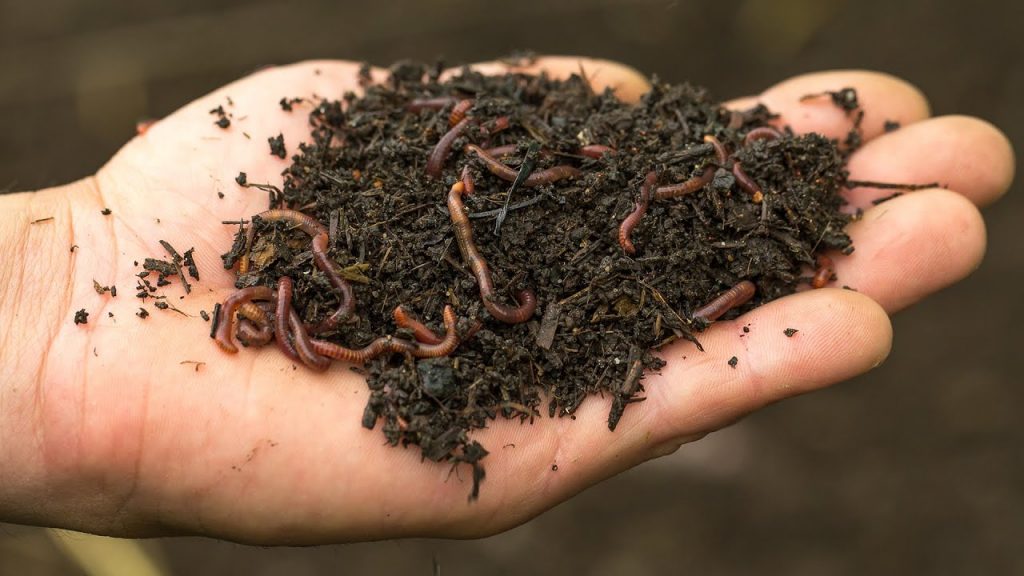Fascination About Where To Find Red Wigglers
Table of ContentsThe Ultimate Guide To Where To Find Red WigglersThe Ultimate Guide To Where To Find Red WigglersWhere To Find Red Wigglers Can Be Fun For EveryoneNot known Details About Where To Find Red Wigglers Where To Find Red Wigglers Can Be Fun For AnyoneWhere To Find Red Wigglers - The FactsThe Greatest Guide To Where To Find Red Wigglers
If you have a tough time finding them, attempt utilizing a shovel to dig right into the ground and break the wet dirt with your hands to find them (Where To Find Red Wigglers). Saturate your yard or yard with water and look for your worms once it gets dark.Then, lift it utilizing take advantage of and look for your worms inside the hole. Note that you may have to dig a few times before they appear. Do not neglect to look under rocks, bricks, wood, and various other objects you could locate on the ground, as that's where worms commonly stay. You must be mindful when doing this as you might encounter hazardous pets under, including serpents, crawlers, and scorpions.
When you catch numerous worms, you will desire to dip your fingers into sawdust to dry them and boost your next grip. Note that you shouldn't remove way too many worms from one location as this can adversely affect that setting. Position your worms right into their bin and store them in the fridge.
You can likewise use a pitchfork to entice worms in the air. Recognized as a worm groaning stick, this standard approach entails sticking the pitchfork right into the ground and then massaging it with an item of metal or timber. The resonances that are produced simulate the noise of a mole, which triggers the worms to surface.
Our Where To Find Red Wigglers PDFs
For long-lasting worm storage, we recommend constructing a devoted worm ranch. With any luck, you discovered a number of methods to capture your worms the following time you require them after closing hours or when you're feeling as well careless to obtain in the auto and drive a number of miles to the local worm dealership!
We'll speak about how to keep red wigglers and why they need to be the best worm for the majority of composters. Enjoyable truth: The "fetid" part of the binomial name refers to what some say is a smelly secretion the red wiggler makes use of to fend off killers. The anatomy of a red wiggler appears like that of various other common earthworms; a long-segmented body starts at the pointed head and terminates at a slightly-flatted tail.
The gastrointestinal tract is straightforward, beginning at the mouth where the worm begins to eat its food prior to passing it on to the throat. The vocal cords is a muscular area which acts like a pump to draw food into the mouth before pumping it out right into the esophagus. The esophagus is narrow and thin-walled and serves as the "waiting room" for the gizzard.
Where To Find Red Wigglers Things To Know Before You Get This
Keep in mind: This need for grinding is why grit is advised in a worm container. The worm features no native grinding capacity so the worm relies upon consumed grit to aid grind its food in the gizzard. The tummy is where the initial chemical failure of food occurs with the help of a protein-busting enzyme.
The intestine develops the lengthiest component of the worm and is where the bulk of food digestion takes area via enymatic procedures. The spreadings at some point pass through the anus at the end of the worm as capsules coated with a biologically-rich mucous.
Within 42 days, these infant worms will certainly get to sex-related maturation as shown by the emergence of the clitellum. A fully grown red wiggler can be expected to live in between one to three years (Where To Find Red Wigglers). The magnificent red wiggler might often be made use of as a lure worm for smaller sized fish or as a healthy protein resource for hens and reptiles
And as mentioned above, they are the most common composting worm in the world. But why? Well there's probably not just one reason. Instead, a combination of expense, click for more info strength, and convenience in a wide variety of temperature levels makes it one of the most suitable composting worm for most new vermicomposters. Red wigglers and their cocoons can make it through in a variety of conditions.
The Buzz on Where To Find Red Wigglers
This is an usual practice among worm carriers who don't intend to take the chance of having the worms being in a warm or chilly storehouse over the weekend. Worm farmers are not storing worms in a scenario where they prepare to deliver. The worms must be gathered from their habitat initially, so cultivators will frequently establish a Friday or Saturday due date in order to harvest in time for a Monday shipment.
To save on shipping price, you may desire to see if there are any nearby "Mama and Pop" shops via a Google search.

Where To Find Red Wigglers Things To Know Before You Get This
For ideal outcomes, you desire to strive about 60-70% dampness degree. The simplest examination for this is to squeeze a handful as tough as you can. At click here to read the excellent wetness levels which is simply under 70% that handful must barely yield one decline of liquid. pH in a worm bin is quite simple to keep.
The European Nightcrawler, the bigger cousin of the red wiggler, is equally as starved and additionally produces an excellent bait worm. It favors a little bit of a cooler atmosphere than the red wiggler. The African Nightcrawler is a huge composting worm and makes a lovely, granular cast.
The Indian Blue is voracious, but also prefers a warmer climate and it also exhibits a propensity to escape the bin. The red wiggler is a hardy worm and isn't as choosy regarding its climate. I such as to call it the Ford Taurus of vermicomposting worms; you will not boast to your hardcore composting pals that you own them, however they will certainly serve you well.
What Does Where To Find Red Wigglers Do?
As Faucet showed, a fishermen can do an excellent offer to make a worm a lot more attractive.

Morning is prime feeding time, and the weightless bait's slow-moving descent leaves 5 inches of agonizing healthy protein completely sight for a long time. After you've made the actors, keep the bail open and put the pole in a forked stick. The line will diminish the rod in sluggish loopholes as the worm works out, but most of the time the slow-moving loopholes will certainly come to be a blur, and the morning will all of a sudden get rather fascinating.
You can fish deep and cover a lot of territory, and the crawler seems to be the best touch for this transitional time, when the smallmouths have yet to lock on to a recommended forage. Dark jigsblack, brown, and purpleseem to match the nightcrawler's shade. I generally use a whole 'crawler, choose marabou dressing, and drop the rod for 2 or 3 seconds when I get a hit.
The Definitive Guide for Where To Find Red Wigglers
And differentiating bottom from a bite can be challenging. The method is to reduce the pole back to the strike (possibly a foot) and feel for life at the end of the tightening line. If it's there, established the hook with a move as opposed to a jerk. Every so often you'll find yourself hooked to those slow, passionate tugs, and really feel the weight of a good walleye.
 Devin Ratray Then & Now!
Devin Ratray Then & Now! Richard "Little Hercules" Sandrak Then & Now!
Richard "Little Hercules" Sandrak Then & Now! Karyn Parsons Then & Now!
Karyn Parsons Then & Now! Batista Then & Now!
Batista Then & Now! Peter Billingsley Then & Now!
Peter Billingsley Then & Now!